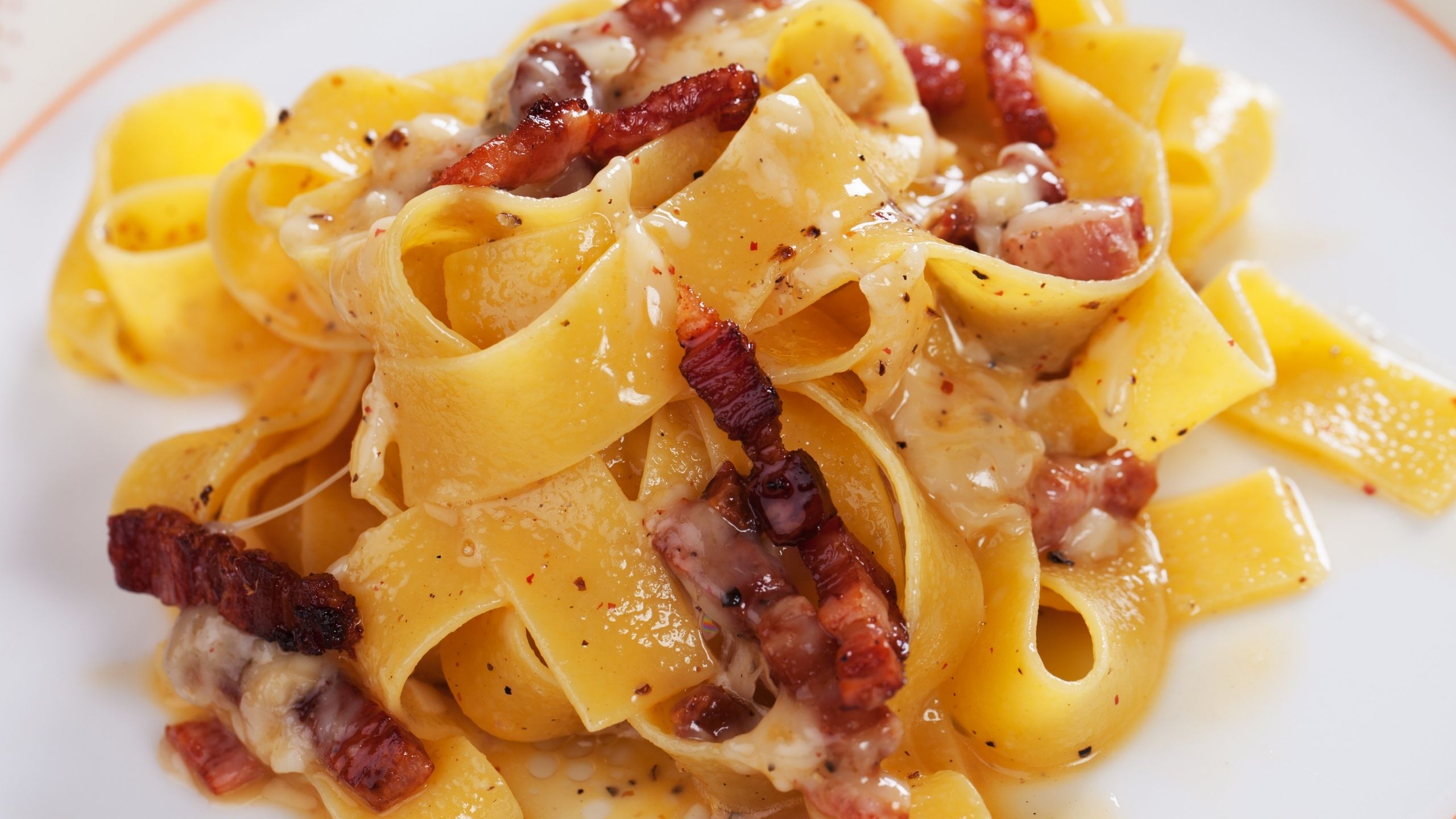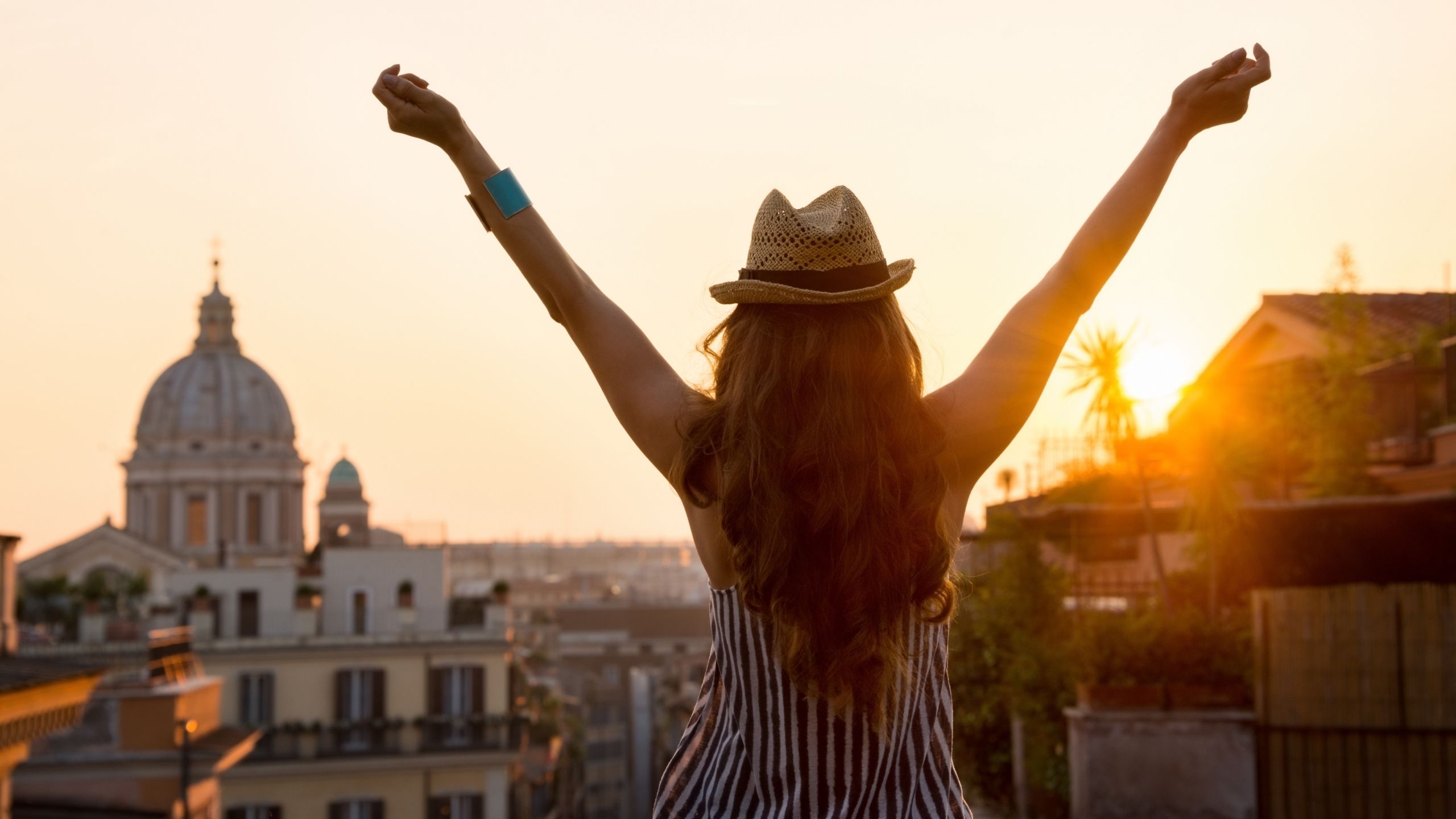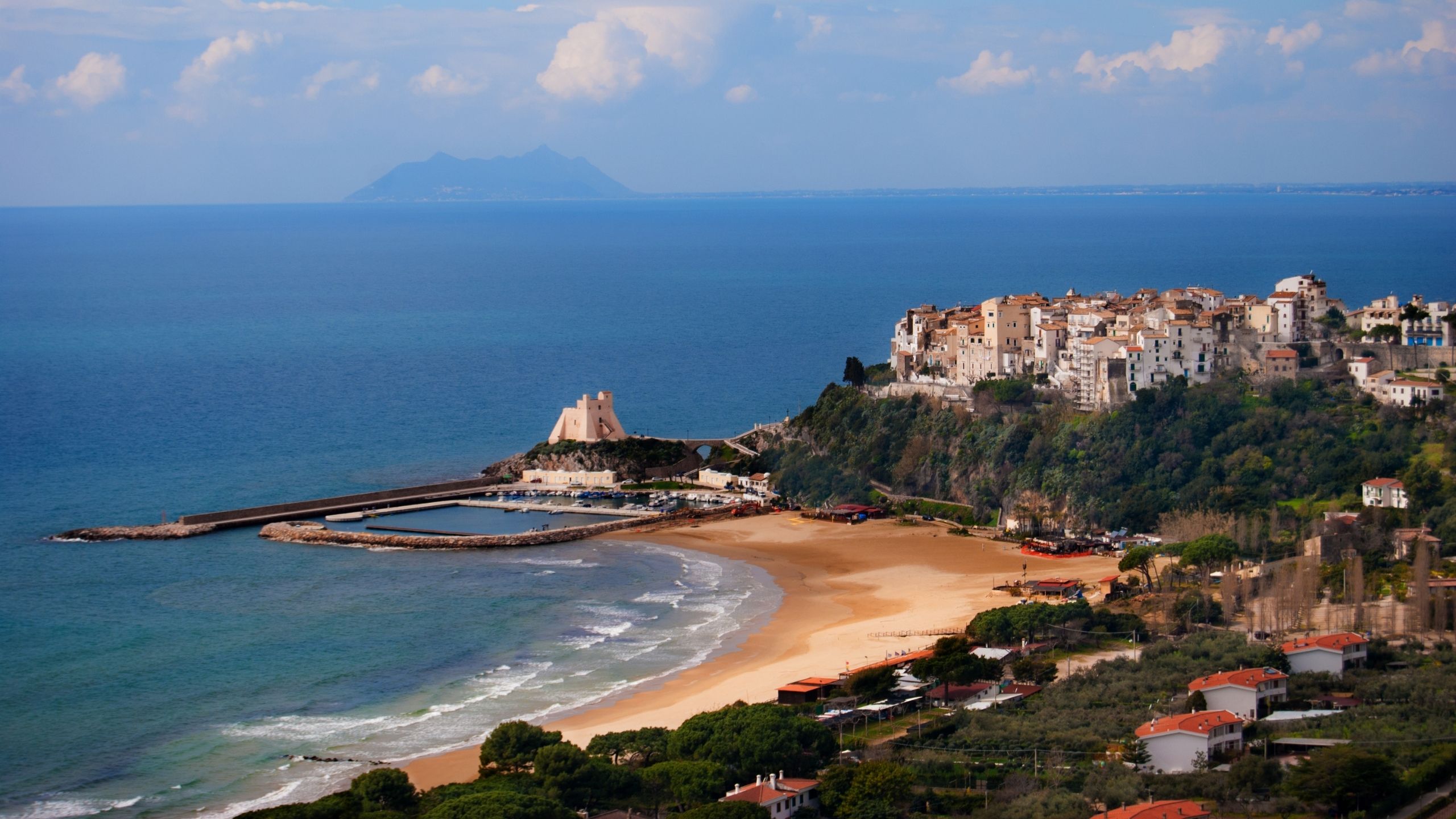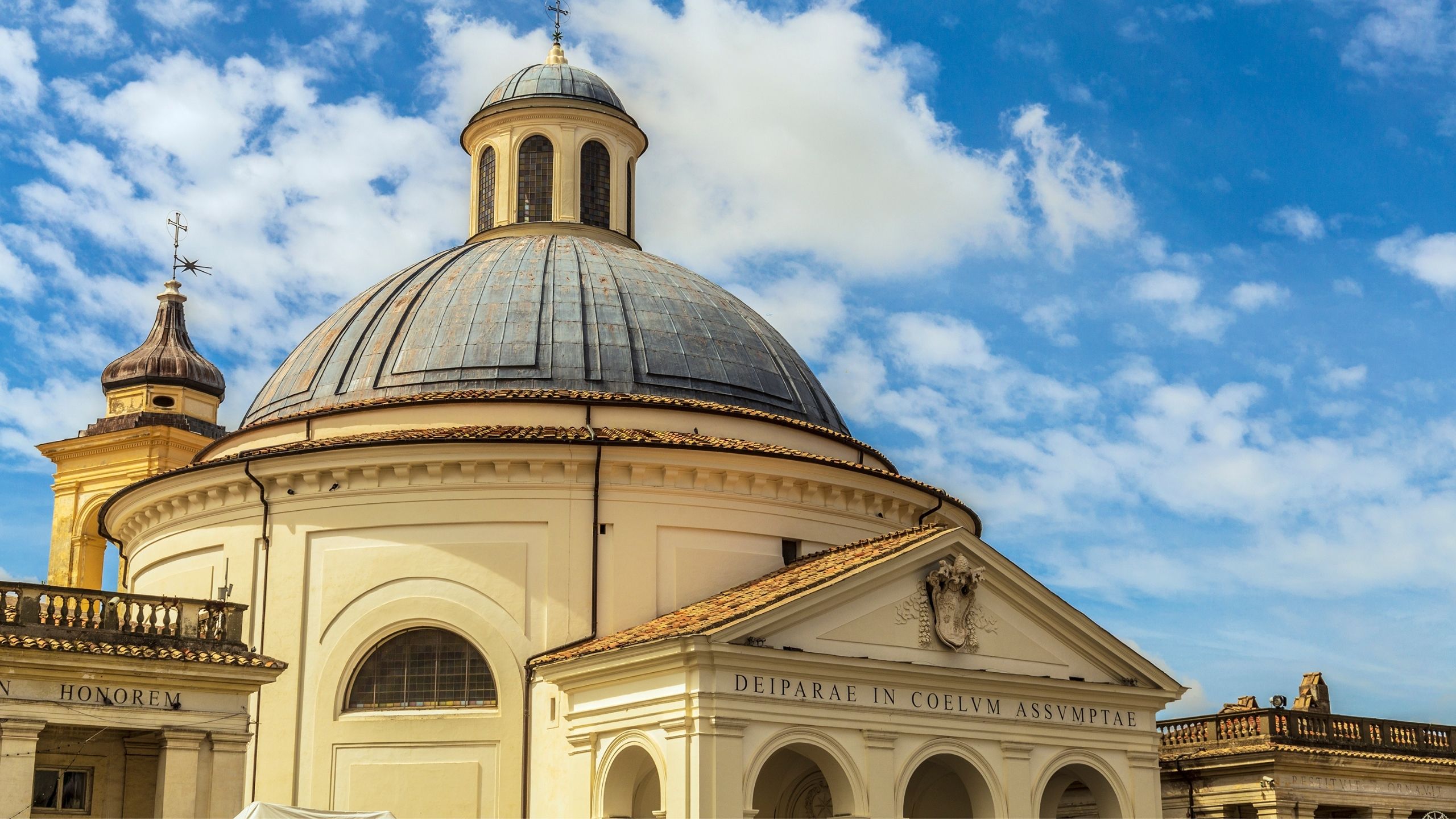Anzio and Surroundings: Discovering the wonders of Rome
Vatican City
Rome is permanently one of the most popular tourist destinations, thanks to its historical and artistic heritage that has no equal in the world: the glorious Roman era and the Renaissance are the periods that most shaped the Eternal City, leaving monuments that still fascinate visitors today, from the Colosseum to the Imperial Forums to Piazza Navona.
The Vatican City is one of the gems of the city of Rome: in the smallest state in the world where nothing is really missing, you will have the opportunity to admire works of art and historical sites of immeasurable value, which go far beyond the majestic Basilica of San Pietro.
St. Peter's Square and its Basilica
St. Peter's Square, built in the 1600s by Bernini, can be considered the visiting card of the Vatican City: you will be struck by the two colonnades on the sides that seem to embrace the whole of Christianity. These are two hemicycles formed by 284 columns, surmounted by an entablature embellished with colossal statues of the saints, more than 3 meters high.
Observing the square in the center, you will notice the Egyptian obelisk that was transported on a ship at the behest of Caligola and which initially embellished Nerone's circus. Greet the imposing statues of Saints Peter and Paul on either side of the churchyard and get ready to enter the largest church in the world from the Porta del Filarete.
The Basilica of St. Peter you see today was born on the initiative of Pope Julius II: from his pontificate onwards there have been geniuses of the caliber of Bernini, Michelangelo and Canova, for the construction of this building where everything is monumental. The interior is a riot of marbles, stuccos, frescoes, large font sizes and statues such as the bronze one of San Pietro by Arnolfo di Cambio and the Pietà by Michelangelo, protected by a crystal plate: just think that this marvel was sculpted in marble by the artist at just 23 years old. Your attention will soon shift to Bernini's Baldacchino, made using the bronze of the Pantheon's dome: it rises exactly above the tomb of the Apostle Peter.
Then raise your gaze to the dome designed by Michelangelo, internally decorated with splendid mosaics and embellished with four niches, placed between the pillars that support it and host the gigantic statues of Saints Longino, Veronica, Elena and Andrea.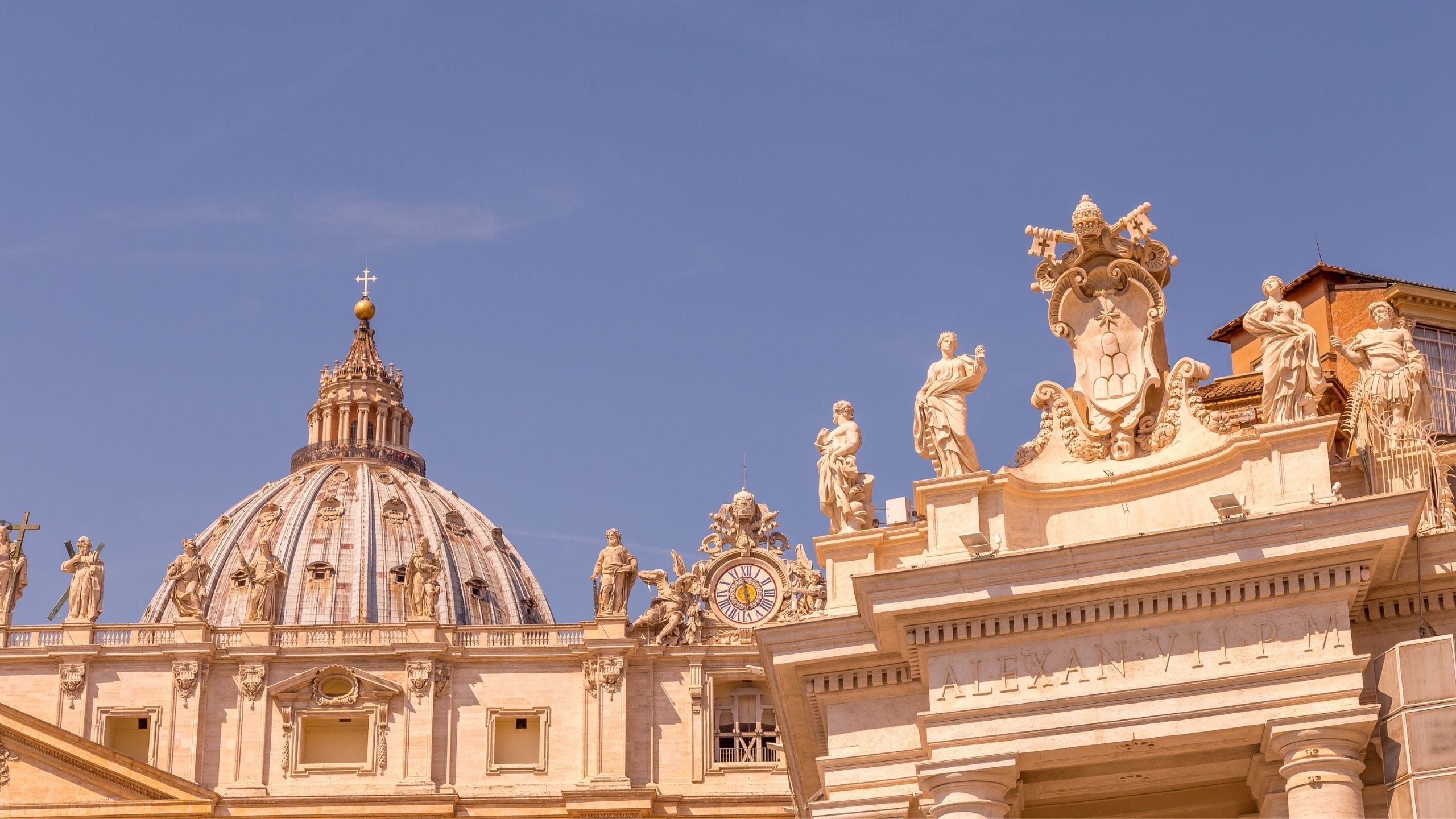
A day among tombs, gardens and museums
Continue your tour in the Vatican City by staying in St. Peter's Basilica: pass the Vatican Grottoes where not only popes but also queens and kings rest, to advance, upon reservation, to the ancient Necropolis. You will find yourself in a perfectly preserved city of the dead where, in a dense maze of streets, you will meet pagan tombs of the August age but above all Christian ages, starting from the tomb of St. Pietro. All around there are inscriptions dedicated to the Apostle and burials of the faithful who wished to rest next to St. Pietro. Among the most evocative tombs there is also the Mausoleum of the Giulii, in simple brick on the outside but richly frescoed on the inside with scenes of Giona with the whale.
Re-emerge in the sunlight to visit the Vatican Gardens, born at the end of the 13th century at the behest of Niccolò III Orsini, but then developed between the 16th and 17th centuries: enjoy the French garden dotted with colorful roses, bougainvillea, camellias and oleanders and the Italian garden, with the labyrinth that partially flows into the wilder Boschetto; then let yourself be captivated by the water games of the countless fountains, in particular that of the Galea which will appear to you as a real scale sailing ship complete with sails and cannons.
End your tour of the Vatican City in the Vatican Museums: a whole day would not be enough to visit them all, the artistic heritage is so huge, starting with the Sistine Chapel, beautifully frescoed by Michelangelo in the first half of the 16th century. While contemplating the Creazione di Adamo with the finger of God who gives life to Adamo or the Giudizio Universale, imagine the conditions in which Michelangelo painted, often folded back and by the light of a few candles.
Continuing your visit to the Museums, reach the Octagonal Courtyard of the Pio-Clementino Museum to admire the Laooconte sculptural group or the statue of Lisippuo, an athlete portrayed while using the strigil. Then admire the statue of Antinoo, in the likeness of Osiride in the Egyptian Museum, or the frescoed walls with maps in the Gallery of Geographical Maps. Do not miss a visit to the apartments of Pope Alexander VI Borgia decorated by Pinturicchio and those of Pope Julius II: in particular in the Stanza della Segnatura there is the famous fresco of the School of Athens by Raphael.
